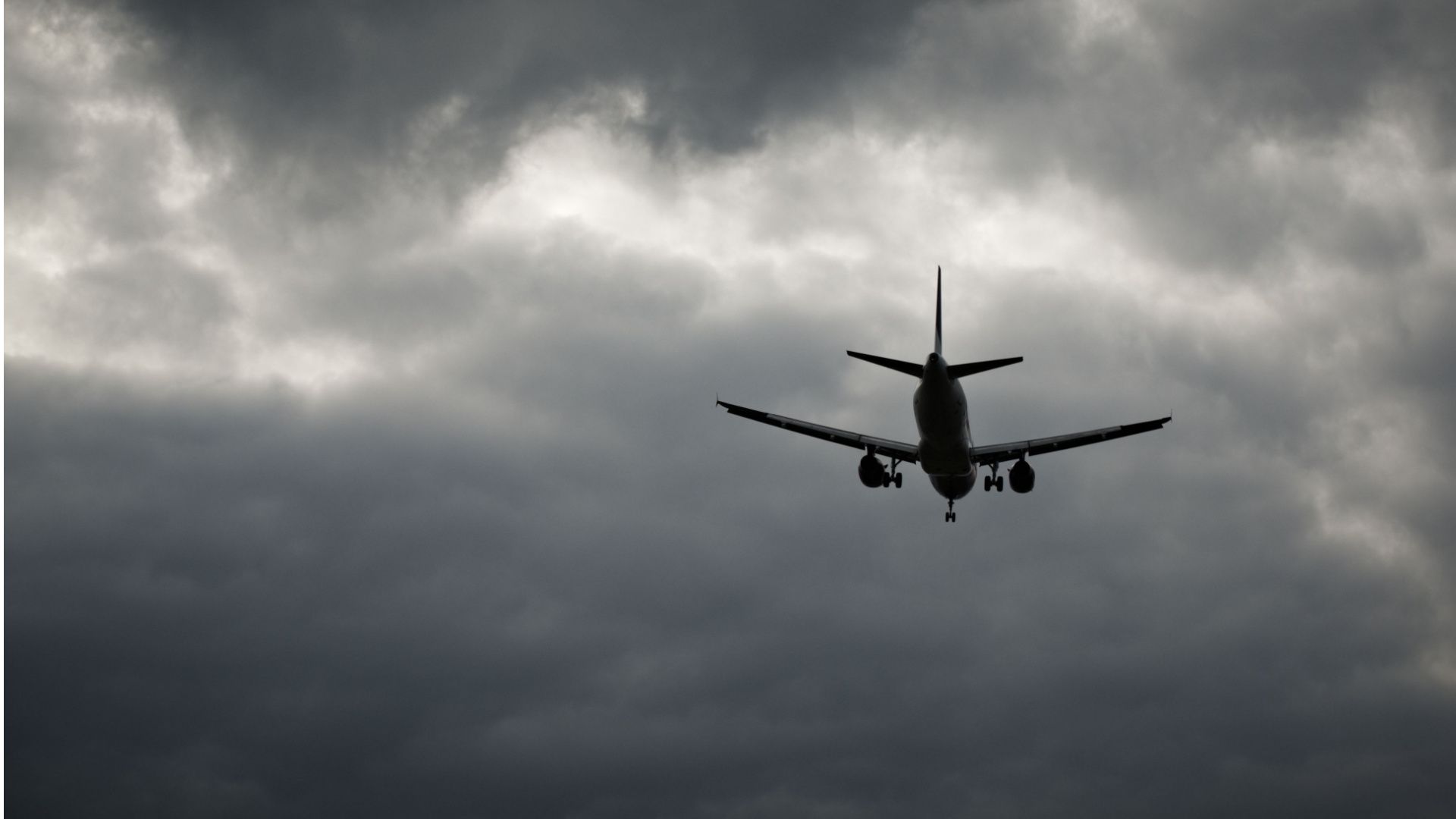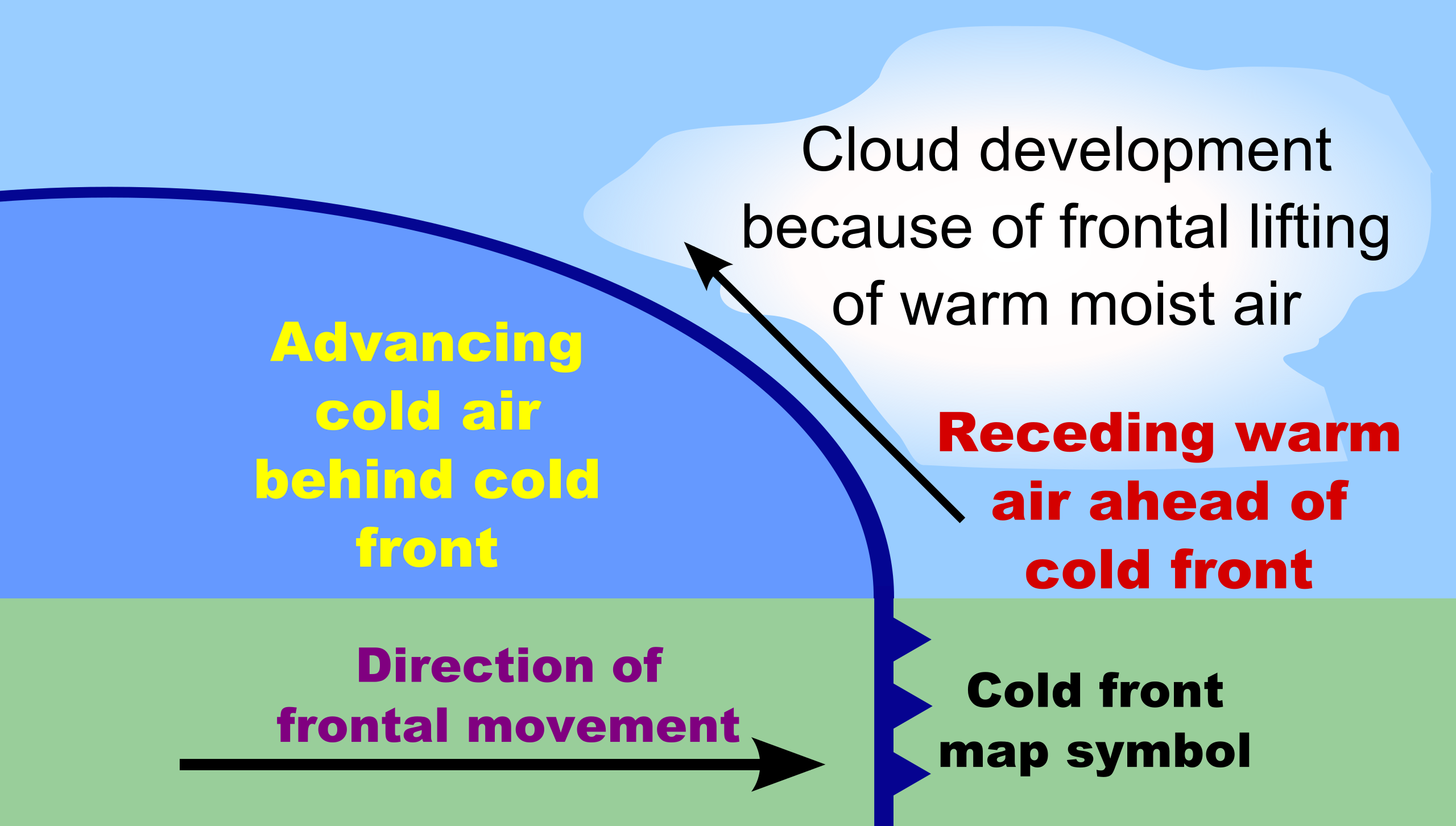Summary
- There are various types of turbulence, including clear air turbulence, wind shear, convective (thermal) turbulence, wake vortex turbulence, mechanical turbulence, and frontal turbulence.
- Wake vortex turbulence, caused by wing tip trailing vortices generated by aircraft, can be particularly severe and has contributed to incidents and accidents.
- Turbulence is a major challenge for the aviation industry, and careful planning and the use of technology are important for predicting and adapting.
Turbulence usually ranks as one of the main reasons some passengers absolutely hate flying. While some might be fine with the ‘rollercoaster ride’ experience onboard a 250-ton machine, others are more sensitive to the small bumps and jerks that might occur as a result of turbulence. Since not all turbulence is the same, let’s examine the various phenomena that cause it.
Clear air turbulence (CAT)
The Federal Aviation Administration (FAA) defines clear air turbulence (CAT) as “sudden severe turbulence occurring in cloudless regions that causes violent buffeting of aircraft.”
The FAA adds that the CAT definition is most commonly applied to higher altitude turbulence associated with wind shear, which is a change in wind direction or speed over a specific distance. It should be noted that Weather.gov defines wind shear as its own type of turbulence.
Wind shear (including temperature inversions)
Beyond designating wind shear as its own type of turbulence, Weather.gov also notes that temperature inversions can be a cause for wind shear. Meanwhile, other sites might define temperature inversion as its own specific type of turbulence.
Temperature inversions are zones of strong stability that prevent the mixing of the stable low layer with the warmer layer above. “The greatest shear, and thus the greatest turbulence, is found at the tops of the inversion layer,” Weather.gov notes. It adds that turbulence associated with temperature inversions often occurs due to nighttime cooling of the Earth’s surface, creating a surface-based inversion.
Jet stream turbulence is another term that can fall under wind shear but might also be categorized as its own type of turbulence. As you can tell from the name, turbulence comes from jet streams, which are strong horizontal winds that follow a wavelike pattern as a part of the general wind flow. National Geographic notes that jet streams occur at altitudes of eight to 15 kilometers (five to nine miles).
Convective (thermal) turbulence
According to Boldmethod, thermal turbulence occurs with localized columns of convective current (a rising column of warm air). These rising columns of air come from surface heating or cold air moving over warmer ground.
Wake vortex turbulence
Wake vortex turbulence is encountered when an aircraft follows or crosses behind another aircraft. Caused by wing tip trailing vortices generated by the first aircraft, this is the reason why planes have designated minimum separation distances. It’s also why the callsigns of larger aircraft add the term “heavy” or “super” as they another indication that a 747 or A380 (respectively) should be given sufficient space.
Simple Flying resident pilot Jack Herstham adds the following about wake turbulence:
“Unlike other forms of turbulence, wake turbulence is predictable. Wake turbulence is caused by areas of high and low pressure coming together at the wingtips of a plane in flight. These vortices stay in place for a few minutes after the plane flies through an air mass, especially if the wind is calm,
“The severity of wake turbulence is proportional to the size of the aircraft generating it. Wake turbulence has contributed to multiple incidents and accidents, such as American Airlines flight 587 or the in-air loss of control of a Challenger jet following an Airbus A380.”
Mechanical turbulence
Mechanical turbulence occurs when there is friction between the air and the ground. Found at low altitudes, this is often the result of irregular terrain and man-made objects. Accuweather notes that this irregular terrain (think tall buildings and mountains) causes the obstruction of airflow. The intensity will depend on the strength of the surface wind and the nature of the surface.
Weather.gov defines mountain wave turbulence as a form of mechanical turbulence, while other sources put it in its own category. Mountain wave turbulence occurs when strong eddies occur downwind from mountain ridges. Mountain waves are said to produce some of the most severe mechanical turbulence.
Frontal turbulence
This occurs with the lifting of warm air by the sloping frontal surface of a cold air mass. It’s here that friction occurs between the two opposing air masses, producing turbulence in the frontal zone.
When the warm air is moist and unstable, there can be a risk of thunderstorms, leading to more severe turbulence.
The utilization of the internet, radar, and crowdsourcing via pilot file reports helps airlines predict turbulence. However, the weather is becoming more and more unpredictable. Modern technology, such as AI may be crucial in helping crews adapt in this next chapter.
Do you have any stories of experiencing extreme turbulence? What do you make of its overall impact on operations? Let us know what you think in the comment section.
Source: Weather.gov; National Geographic; Accuweather; Boldmethod


